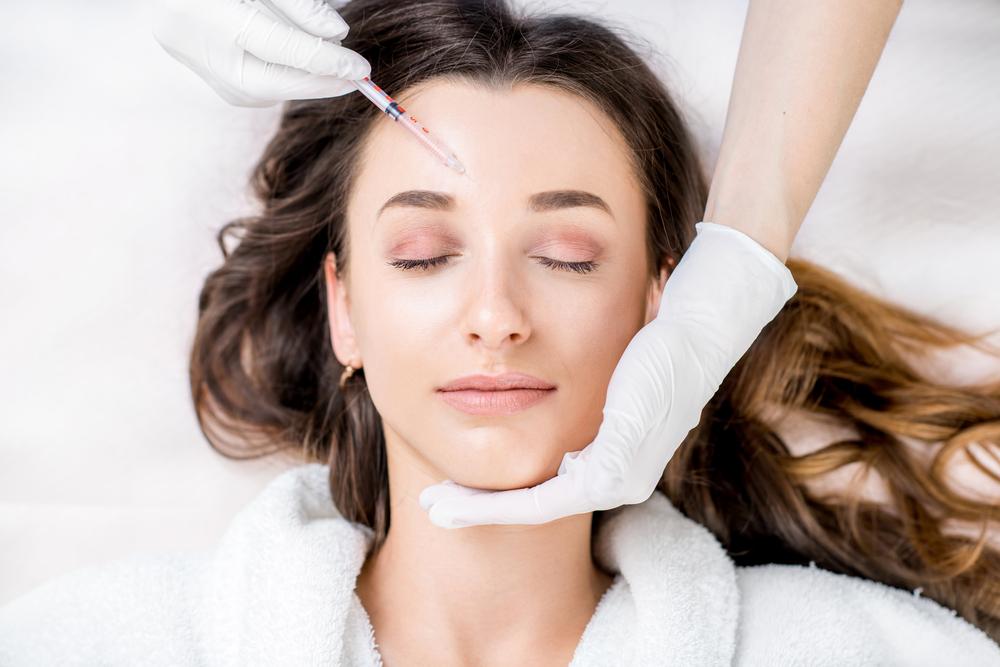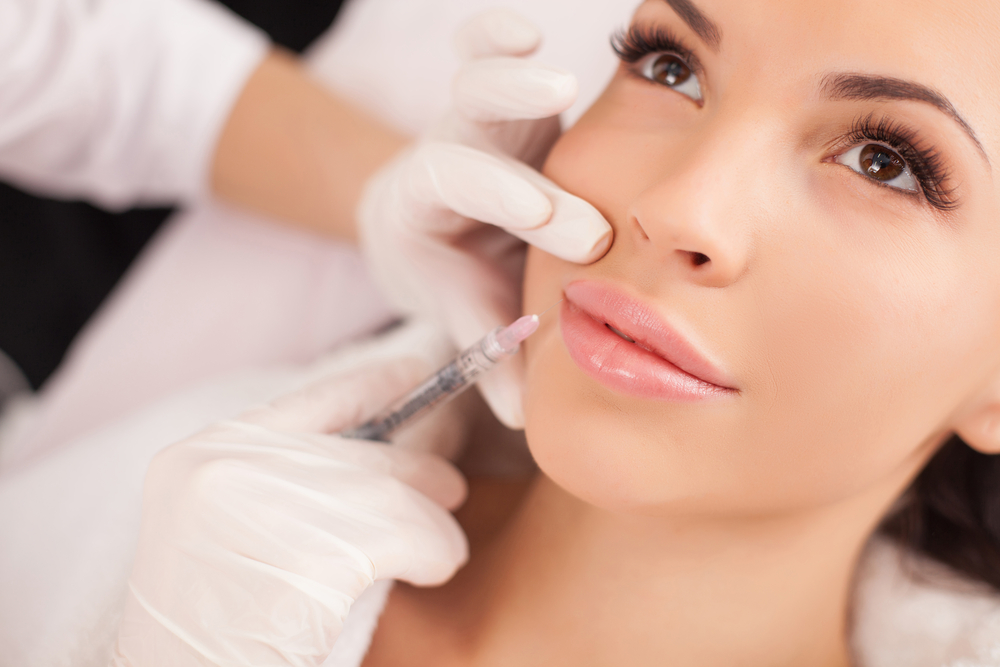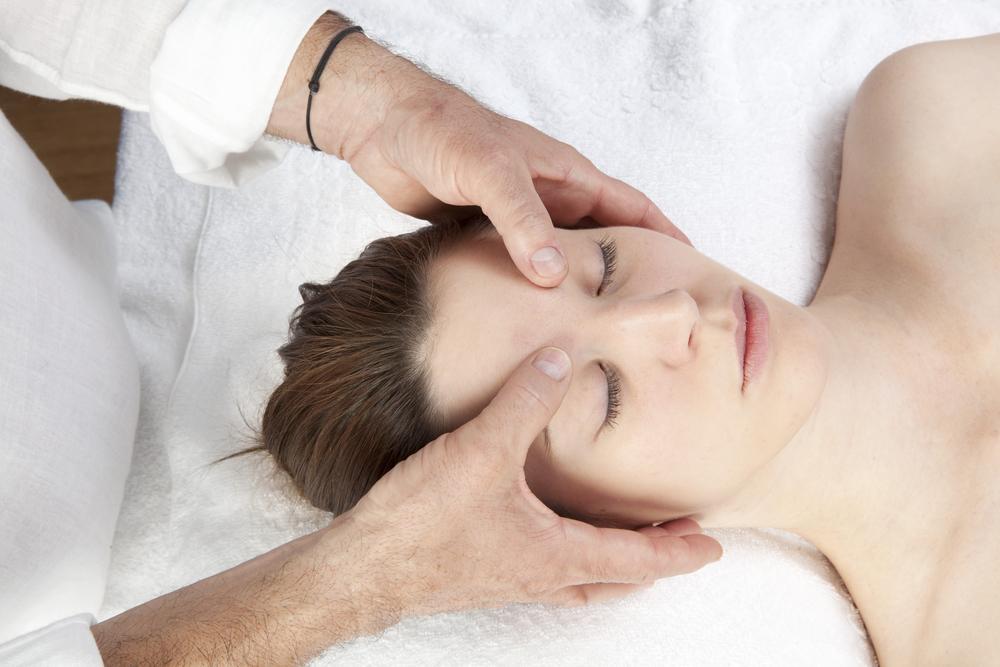Comprehensive Guide to Using Botox for Migraine Relief: Benefits, Risks, and Expert Tips
Discover an in-depth guide on using Botox for migraine relief, covering its mechanisms, treatment process, effectiveness, potential risks, and expert tips for safe application. Learn how this innovative therapy can improve quality of life for chronic migraine sufferers through professional guidance and personalized care.

Comprehensive Guide to Using Botox for Migraine Relief: Benefits, Risks, and Expert Tips
Chronic migraines can significantly diminish quality of life, impacting daily activities, productivity, and overall well-being. In recent years, Botox has emerged as a promising treatment option for individuals suffering from persistent migraines. Originally known for its cosmetic applications, Botox's therapeutic benefits in relieving severe headache episodes have garnered increasing attention from medical professionals and patients alike. Understanding how Botox works, its effectiveness, potential risks, and how to choose an experienced healthcare provider are essential steps before considering this treatment.
Botox, or botulinum toxin, is derived from the bacterium Clostridium botulinum. While its association with botulism might raise concerns, the small, carefully controlled doses used in medical treatments are considered safe and effective. These doses work by blocking nerve signals, thereby reducing muscle activity and alleviating migraine symptoms in susceptible individuals. This guide explores the science behind Botox for migraines, the procedure, its safety profile, and essential tips to maximize its benefits.
Understanding the Science Behind Botox and Migraines
Botulinum toxin, a potent neurotoxin, has been extensively studied for its therapeutic applications. When used for migraines, it is injected into specific areas around the head and neck. The primary mechanism involves preventing the release of neurotransmitters responsible for muscle contractions and pain signal transmission. This action decreases the frequency and severity of migraine attacks.
Although the exact way Botox relieves migraines isn't fully understood, prevailing theories suggest that it interrupts pain pathways by deactivating nerve receptors involved in transmitting pain sensations. This interruption can lead to a significant reduction in headache days, especially for those with chronic migraine conditions.
Potential Risks and Side Effects of Botox Treatment
While Botox is generally considered safe when administered correctly by a qualified professional, some risks and side effects may occur. These are usually mild and temporary but are important to consider:
Bruising and swelling at the injection sites are common but typically resolve within a few days.
Some patients report headaches or mild flu-like symptoms post-treatment.
Rare but serious side effects include eyelid drooping (ptosis), muscle weakness, or allergic reactions.
In exceptional cases, the toxin may spread beyond the injection area, potentially causing breathing or swallowing difficulties. This risk is higher in children or in cases where the toxin is administered improperly.
It is crucial to undergo Botox therapy only under the supervision of a qualified healthcare provider to minimize these risks.
Assessing the Effectiveness of Botox for Migraine Management
Multiple clinical studies and real-world evidence support Botox's efficacy in reducing chronic migraines. Notably, a pivotal study from 2012 demonstrated that patients treated with Botox experienced at least a 50% reduction in headache days after a series of injections. This significant outcome has led to FDA approval for the treatment of chronic migraines.
Individuals with episodic migraines or tension-type headaches may experience variable benefits, emphasizing the importance of personalized assessment by a healthcare provider. While Botox doesn't cure migraines, it can dramatically improve quality of life by decreasing the frequency and intensity of attacks.
How Botox Alleviates Pain Signals and Its Underlying Mechanism
Botox functions by interfering with the nerve transmission process. When injected into targeted muscles, it prevents the release of neurotransmitters like acetylcholine, which are involved in muscle contraction and pain perception. This blockade disrupts the pain pathways that contribute to migraine episodes.
It is essential that only FDA-approved Botox formulations are used to ensure safety and efficacy. Healthcare providers trained in migraine-specific injection techniques can optimize outcomes through precise placement and dosing.
Selecting the Right Healthcare Provider for Botox Treatment
Choosing a highly experienced specialist is vital for the success and safety of Botox therapy for migraines. Look for medical professionals who have extensive training and proven expertise in administering Botox specifically for migraine management.
Consult with neurologists or headache specialists who understand the complexities of migraine treatment. Avoid general cosmetic injectors unless they have specialized experience in migraine injections. Open communication with your healthcare provider helps tailor the treatment plan to your specific needs, with adjustments made over multiple sessions for optimal results.
Important Considerations Before Starting Botox Therapy
Before undergoing Botox treatment, it is valuable to discuss several key issues with your healthcare provider:
Cost per session varies depending on the number of injections and the geographic location. Verify whether your insurance plan covers the procedure, as many plans now include Botox for migraines.
Expect temporary relief; the benefits typically last between two and three months. Regular treatments are necessary to maintain reduction in migraine frequency.
Ensure treatment is administered by a qualified, experienced doctor to uphold safety standards and achieve the best outcomes.
A comprehensive consultation allows the physician to evaluate your medical history and customize the injection plan accordingly.
While Botox offers a promising path for migraine sufferers, understanding the treatment process, potential risks, and provider selection are critical for a successful outcome. When done correctly, Botox can significantly reduce migraine episodes, improve your daily life, and restore your well-being.





